Olympus OmniScan SX improved ease of use, the Olympus OmniScan SX features a new streamlined software interface displayed on an 8.4 in. (21.3 cm) touch screen. A single-group and non-modular instrument, the OmniScan SX is easy to operate and cost-effective for less demanding applications.
Olympus OmniScan SX comes in two models: the SX PA and SX UT. The SX PA is a 16:64PR phased array unit, which, like the UT-only SX UT, is equipped with a conventional UT channel for pulse-echo, pitch-catch or TOFD inspection. Compared to the OmniScan MX2, the SX is 33% lighter and 50% smaller, offering an unprecedented level of portability for an OmniScan.
Olympus OmniScan SX is at the heart of the manual and semiautomated phased array weld inspection solutions developed by Olympus for the oil and gas industry. These systems can be used for inspection in compliance with ASME, API, and other code criteria, while offering highspeed detection capabilities, and facilitating indication interpretation.
Olympus OmniScan SX Features:
- Cost-efficient, single-group
- Two-axis encoding and data archiving capacity
- Conventional UT, TOFD, and 16:64PR PA capabilities
- 8.4 in. (21.3 cm) touch screen with OmniScan interface
- Compact, lightweight design
Olympus OmniScan SX Included:
- Olympus OmniScan SX 16:64 PA Flaw Detector (BC# -L/T*)
- Battery Pack
- AC Adapter/Charger
- Power Cord
- User Manual On Cd-ROM
- Carrying Case (G)
You may also be interested in Olympus Nortec 500D Flaw Detector
Olympus OmniScan SX Specifications:
| Housing | Overall dimensions (W x H x D) | 267 mm × 208 mm × 94 mm (10.5 in. × 8.2 in. × 3.7 in.) |
|---|---|---|
| Weight | 3.4 kg (7.5 lb) with battery | |
| Data Storage | Storage devices | SDHC card* or most standard USB storage devices. *Lexar® brand memory cards are recommended for optimized results. |
| Data file size | 300 MB | |
| I/O Ports | USB ports | 2 USB ports, compliant with USB 2.0 specifications |
| Audio alarm | Yes | |
| Video output | Video out (SVGA) | |
| I/O Lines | Encoder | 2-axis encoder line (quadrature, up, down, or clock/direction) |
| Digital input | 4 digital TTL inputs, 5 V | |
| Digital output | 3 digital outputs TTL, 5 V, 15 mA maximum per output | |
| Acquisition on/off switch | Yes, through configuration of a digital input | |
| Power output line | 5 V, 500 mA power output line (short-circuit protected) | |
| Pace input | 5 V TTL pace input | |
| Display | Display size | 21.3 cm (8.4 in.) (diagonal) |
| Resolution | 800 pixels x 600 pixels | |
| Brightness | 600 cd/m2 | |
| Viewing angles | Horizontal: –80° to 80° Vertical: –60° to 80° | |
| Number of colors | 16 million | |
| Type | TFT LCD | |
| Power Supply | Battery type | Smart Li-ion battery |
| Number of batteries | 1 | |
| Battery life | Minimum 6 hours under normal operating conditions | |
| Environmental Specifications | Operating temperature range | -10 °C to 45 °C (14 ºF to 113 ºF) |
| Storage temperature range | –20 °C to 60 °C (–4 ºF to 140 ºF) with battery –20 °C to 70 °C (–4 ºF to 158 ºF) without battery | |
| Relative humidity | Max. 70% RH at 45°C noncondensing | |
| Ingress protection rating | Designed to meet requirements of IP66 | |
| Shockproof rating | Drop-tested according to MIL-STD-810G 516.6 | |
| Ultrasound Specifications (applies to OMNISX-1664PR) | Connectors | 1 Phased Array connector: Olympus PA connector 2 UT connectors: LEMO 00 |
| Number of focal laws | 256 | |
| Probe recognition | Automatic probe recognition |
| Pulser/Receiver | Aperture | 16 elements | ||
|---|---|---|---|---|
| Number of elements | 64 elements | |||
| Pulser | PA Channels | UT Channel | ||
| Voltage | 40 V, 80 V, and 115 V | 95 V, 175 V, and 340 V | ||
| Pulse width | Adjustable from 30 ns to 500 ns; resolution of 2.5 ns | Adjustable from 30 ns to 1,000 ns; resolution of 2.5 ns | ||
| Pulse shape | Negative square wave | Negative square wave | ||
| Output impedance | 35 Ω (pulse-echo mode); 30 Ω (pitch- catch mode) | <30 Ω | ||
| Receiver | PA Channels | UT Channel | ||
| Gain | 0 dB to 80 dB, maximum input signal 550 mVp-p (full-screen height) | 0 dB to 120 dB maximum input signal 34.5 Vp-p (full-screen height) | ||
| Input impedance | 60 Ω (pulse-echo mode); 150 Ω (pitch- catch mode) | 60 Ω (pulse-echo mode); 50 Ω (pulse-receive mode) | ||
| System bandwidth | 0.5 MHz to 18 MHz (NOTE: The previously stated 0.6 MHz lower limit used a strict −3 dB attenuation for the cutoff frequency.) | 0.25 MHz to 28 MHz (–3 dB) | ||
| Beamforming | Scan type | Sectorial or linear | ||
|---|---|---|---|---|
| Group quantity | 1 | |||
| Data Acquisition | PA Channels | UT Channel | ||
| Effective digitizing frequency | Up to 100 MHz | 100 MHz | ||
| Maximum pulsing rate | Up to 6 kHz (C-scan) | |||
| Data Processing | PA Channels | UT Channel | ||
| Number of data points | Up to 8,192 | |||
| Real-time averaging | PA: 2, 4, 8, 16 | UT: 2, 4, 8, 16, 32, 64 | ||
| Rectifier | RF, full wave, half wave +, half wave – | |||
| Filtering | 3 low-pass, 3 band-pass, and 5 high-pass filters | 3 low-pass, 6 band-pass, and 3 high-pass filters (8 low-pass filters when configured in TOFD) | ||
| Video filtering | Smoothing (adjusted to probe frequency range) | |||
| Data Visualization | A-scan refresh rate | A-scan: 60 Hz; S-scan: 60 Hz |
|---|---|---|
| Data Synchronization | On internal clock | 1 Hz to 6 kHz |
| On encoder | On 2 axes: from 1 to 65,536 steps | |
| Programmable Time-Corrected Gain (TCG) | Number of points | 16: One TCG (time-corrected gain) curve per focal law |
| Maximum slope | 40 dB/10 ns | |
| Alarms | Number of alarms | 3 |
| Conditions | Any logical combination of gates |


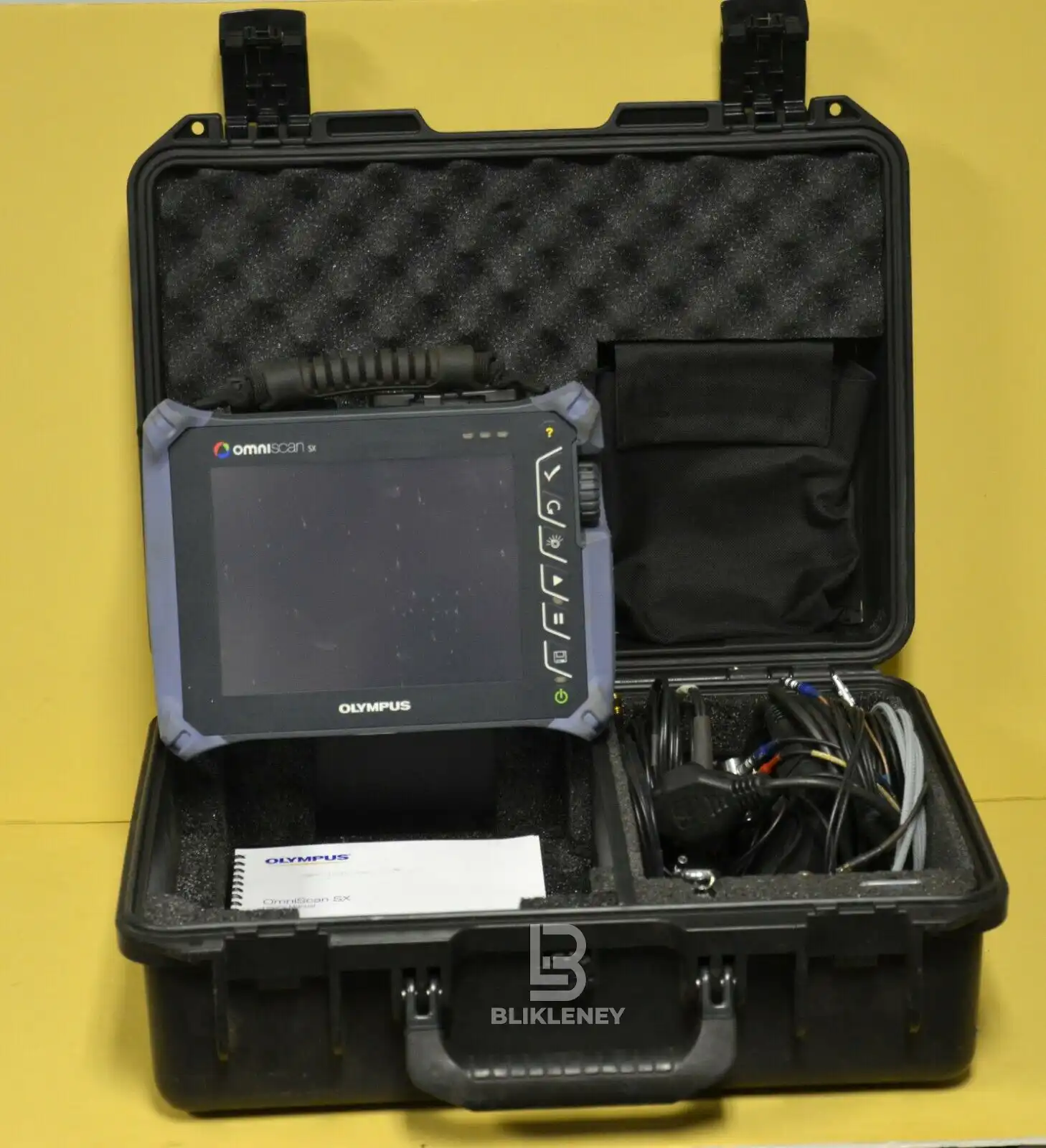
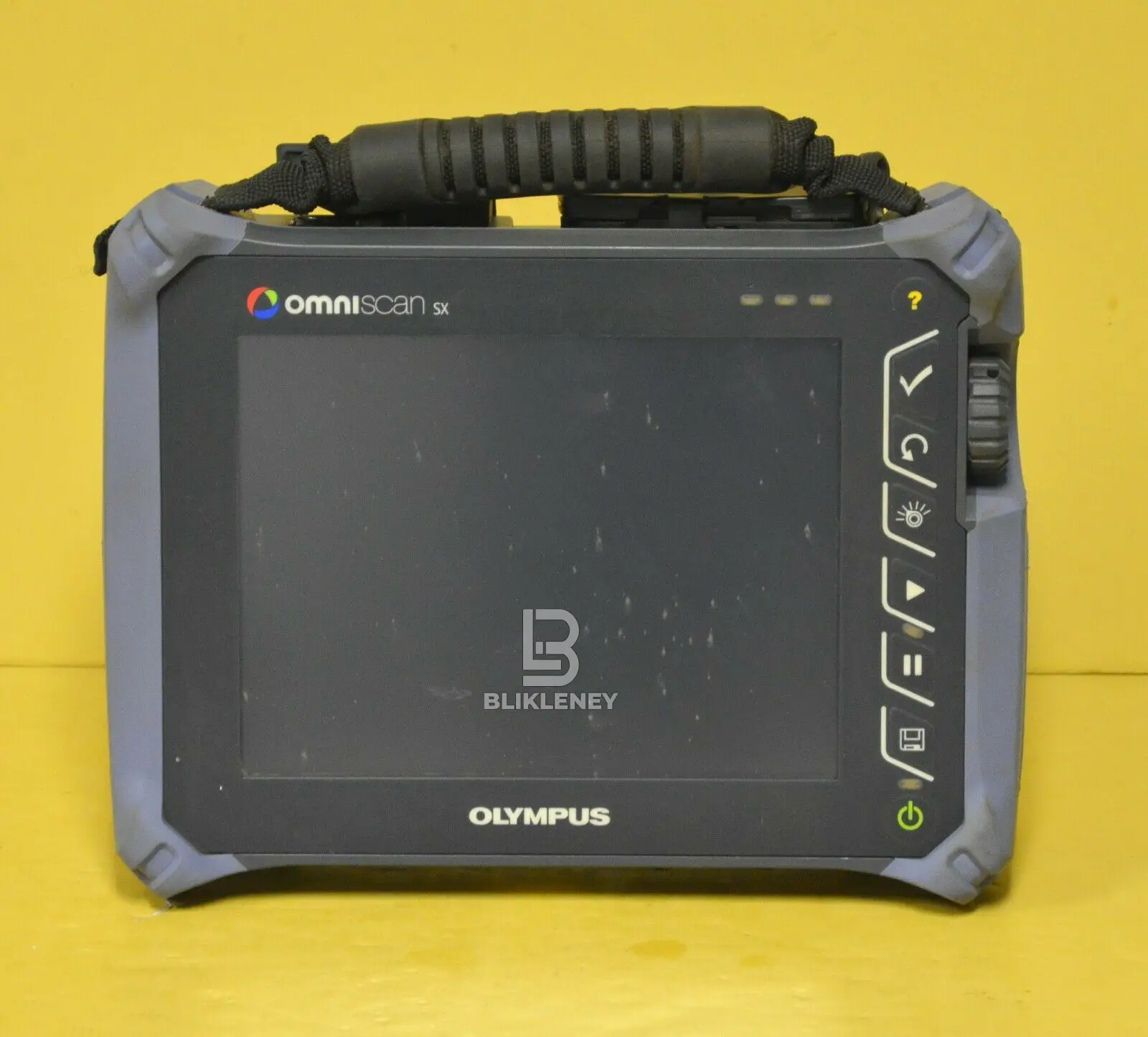
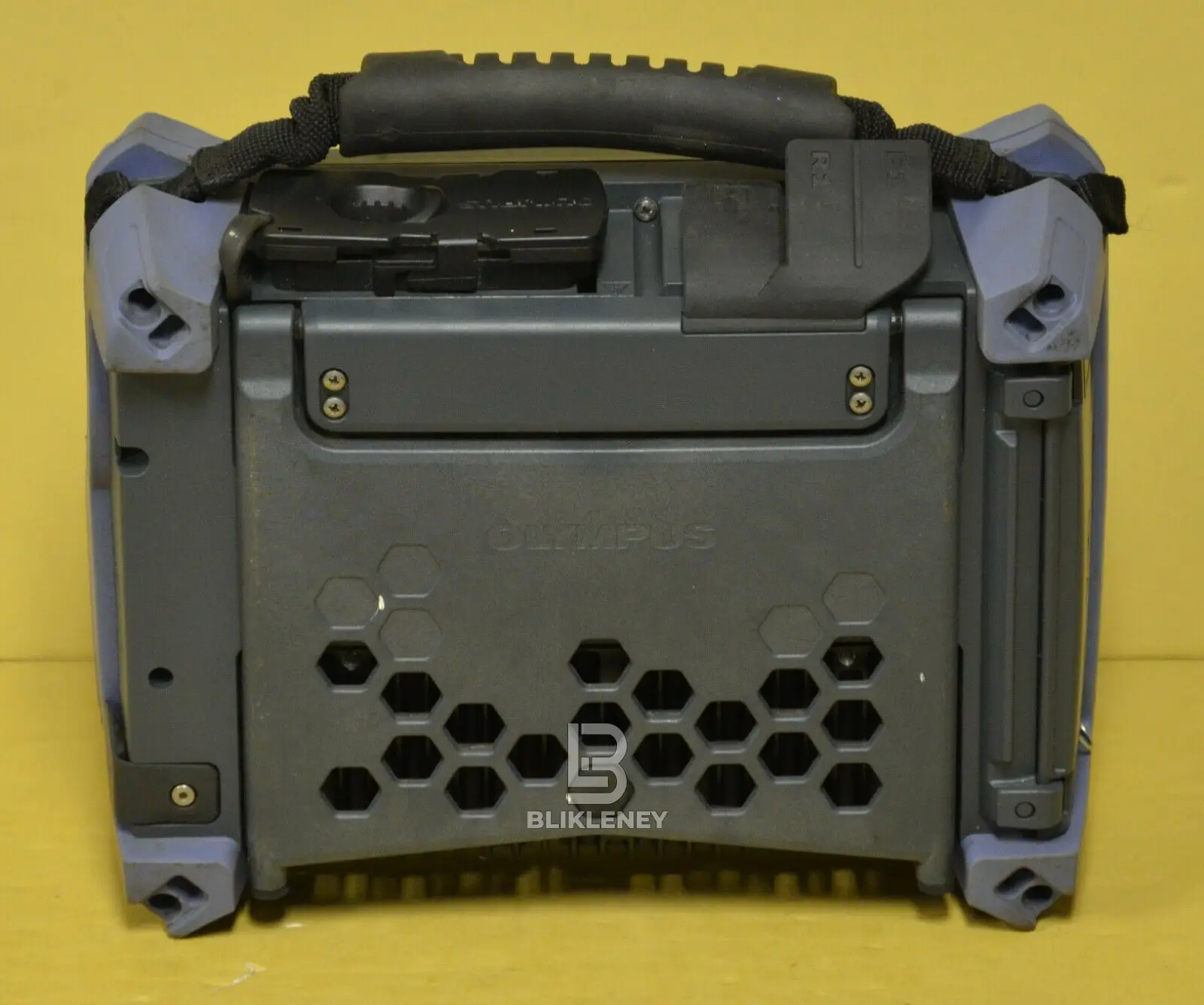
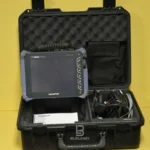
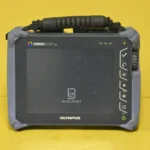
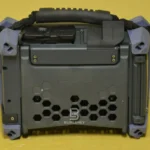

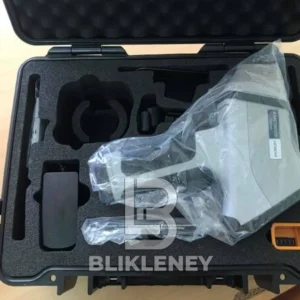


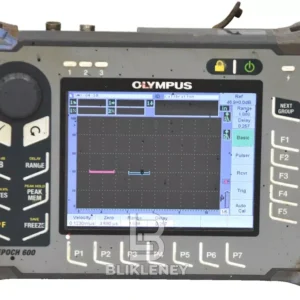




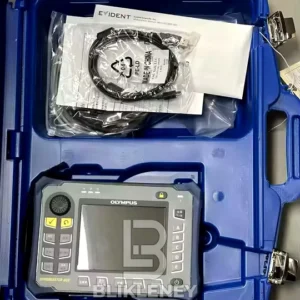



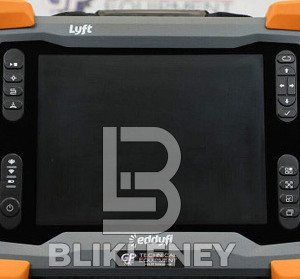










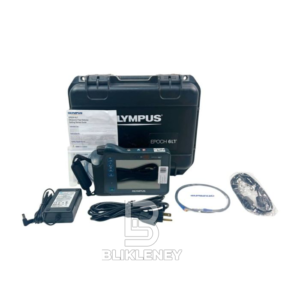






Reviews
There are no reviews yet.